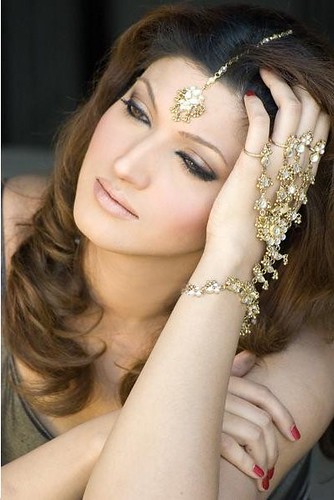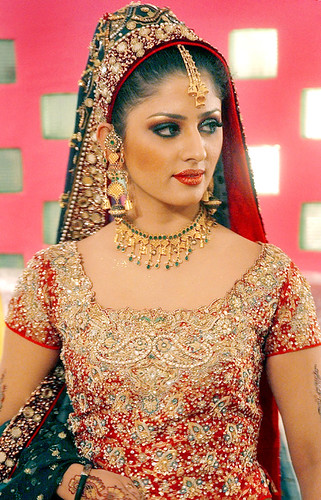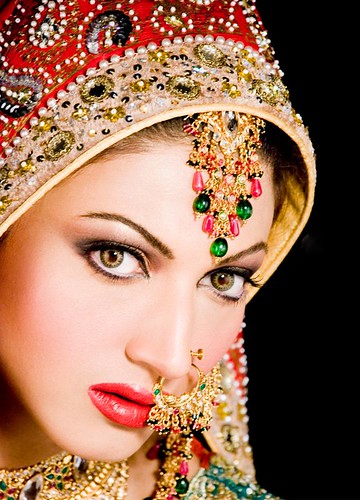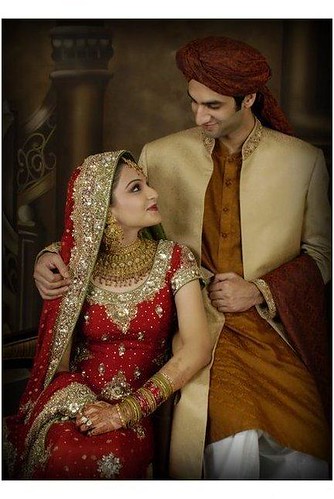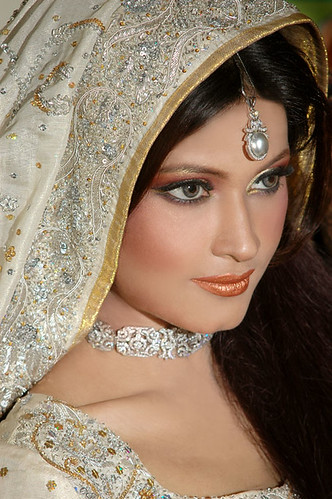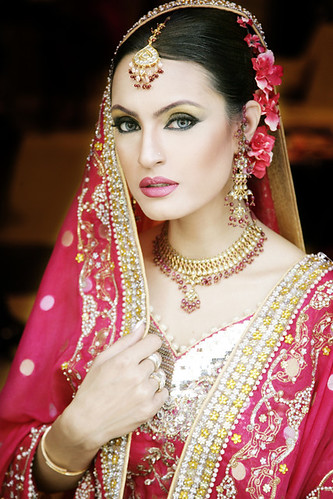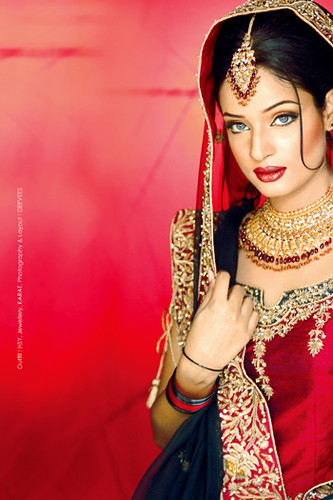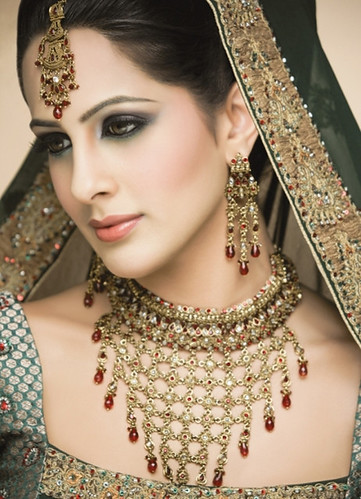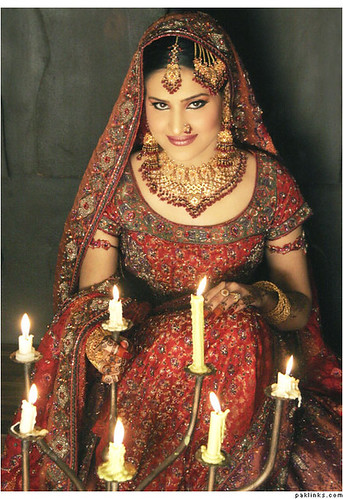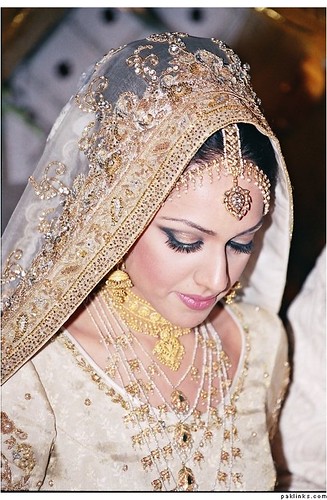Gul Ahmed Lawn Prints Definition
Source(Google.com.pk)DesignerWear.com is offering custom stitching service for saree blouses and salwar kameez patterns. We are delivering direct from India and our major customers are from USA, UK, Australia, Canada, France, Germany, Dubai, Malaysia, New Zealand, Mauritius, Netherlands, South Africa, Singapore & India. YourDesignerWear.com is solution for Indian fashion lovers who are more interested into buying Indian designer clothing, ethnic wear, asian clothing, latest fashionable designs / patterns, Indian bridal wear, designer kurtis, traditional Indian jewelry, ladies handbags and latest Indian Sarees 2013. Buy our new collection of wedding sarees & bridal sarees, lehenga style sarees.
Designer Lawn collection 2013 brings you elegant designs in subtle colors. The colors are presented according to the prevailing trends this season. Attached with colorful laces, delicate embroidery and sweet blossoms to keep in touch with the subtle side of your nature. Designer Lawn collection 2013 includes trendy outfits. Visit out Designer winter section for a wide variety of latest suits.
We have a great variety of sherwani for men available. Our sherwani is hand made with the finest embroidery over it. Indian Pakistani sherwani suits are worn on special occasions. Sherwani is a traditional Indian Pakistani dress. Sherwani is long coat, buttoned up in front with ban collars. Wedding sherwani is usually heavily embellished. Various types of embroideries and embellishments like sequins, kundans, pearls, crystals and stones are used to add to the latest Sherwani Styles.
Semi-Party dresses have light hand embroidery works on them. These Pakistani shalwar kameez dresses and trouser suits are great for outgoings and for small parties. With the advantage of custom making, which ensures you get the perfect fit, our Indian Pakistani suits will only make you look more beautiful. Buy Semi formal dresses at great prices.
Our Casual wear section has a large collection of new Pakistani and Indian casual dresses. Specially made for any casual occasion, these shalwar kameez are made with Chiffon, Cotton and Georgette fabrics. These clothes are easy to wear and are great for daily use. Women in India and Pakistan like to wear colorful casual dresses.Evidence from the 1st century AD shows some cultural exchanges with the Greeks. Indo-Greek influence is seen in the Greco-Buddhist art of the time. The Buddhas were portrayed as wearing the Greek himation, which is the forerunner of the modern saṃghāti that forms a part of the Kasaya of Buddhist monks.During the Maurya and Gupta period, the people continued to wear the three piece unstitched clothing as in Vedic times. The main items of clothing were the Antariya made of white cotton or muslin, tied to the waist by a sash called Kayabandh and a scarf called the Uttariya used to drape the top half of the body.
New trade routes, both overland and overseas, created a cultural exchange with Central Asia and Europe. Romans bought indigo for dyeing and cotton cloth as articles of clothing. Trade with China via the Silk road introduced silk textiles into India. The Chinese had a monopoly in the silk trade and kept its production process a trade secret. However, this monopoly ended when, according to legend, a Chinese princess smuggled mulberry seeds and silkworms in her headdress when she was sent to marry the king of Khotan (present day Xinjiang). From there, the production of silk spread throughout Asia, and by AD 140, the practise had been established in India. Chanakya's treatise on public administration, the Arthashastra written around 3rd century BC, briefly describes the norms followed in silk weaving.
Clothing in India varies from region to region depending on the ethnicity, geography, climate and cultural traditions of the people of that region. Historically, men and women's clothing has evolved from simple Langotas and loincloths to cover the body to elaborate costumes not only used in daily wear but also on festive occasions as well as rituals and dance performances. In urban areas, western clothing is common and uniformly worn by people of all strata. India also has a great diversity in terms of weaves, fibres, colours and material of clothing. Color codes are followed in clothing based on the religion and ritual concerned. For instance, Hindus lady's wear white clothes to indicate mourning while Parsis and Christians wear white to wedding.The Didarganj Yakshi depicting the dhoti wrap
India's recorded history of clothing goes back to the 5th millennium CB in the Indus Valley Civilisation where cotton was spun, woven and dyed. Bone needles and wooden spindles have been unearthed in excavations at the site.The cotton industry in ancient India was well developed, and several of the methods survive until today. Herodotus, an ancient Greek historian described Indian cotton as "a wool exceeding in beauty and goodness that of sheep". Indian cotton clothing was well adapted to the dry, hot summers of the subcontinent. Most of the present knowledge of ancient Indian clothing comes from rock sculptures and paintings in cave monuments such as Ellora. These images show dancers and goddesses wearing what appears to be a dhoti wrap, a predecessor to the modern sari.The upper castes dressed themselves in fine muslin and wore gold ornaments[ The Indus civilisation also knew the process of silk production.
Gul Ahmed Lawn Prints

Gul Ahmed Lawn Prints

Gul Ahmed Lawn Prints

Gul Ahmed Lawn Prints

Gul Ahmed Lawn Prints
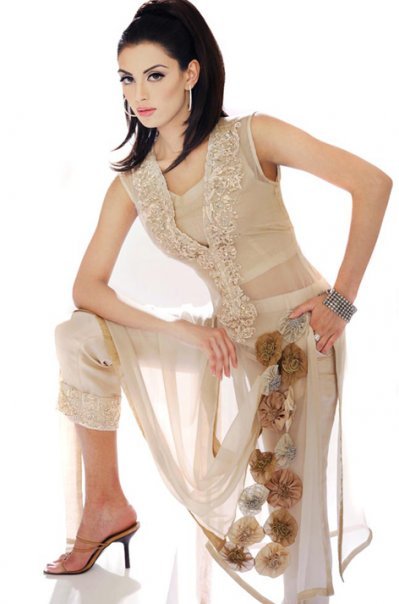
Gul Ahmed Lawn Prints
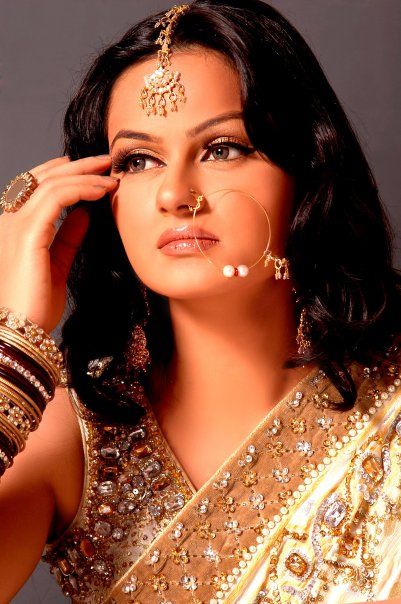
Gul Ahmed Lawn Prints

Gul Ahmed Lawn Prints
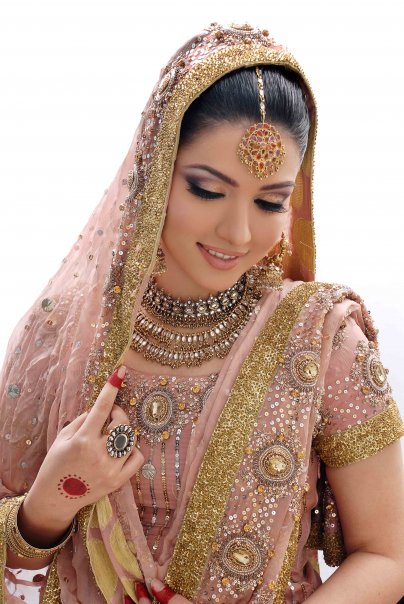
Gul Ahmed Lawn Prints
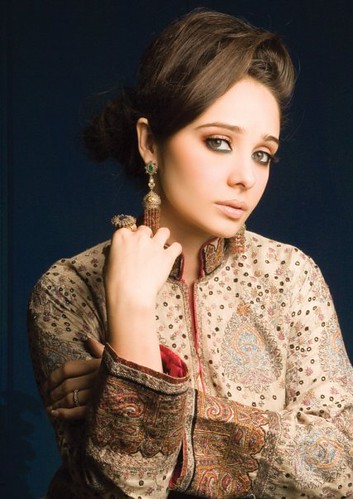
Gul Ahmed Lawn Prints
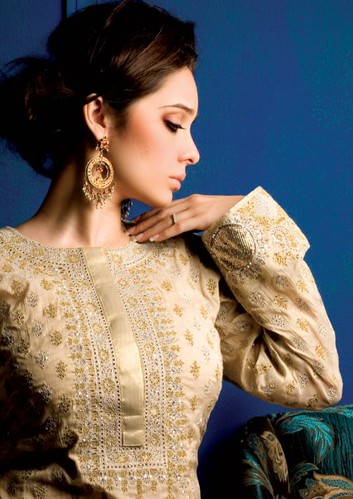
Gul Ahmed Lawn Prints
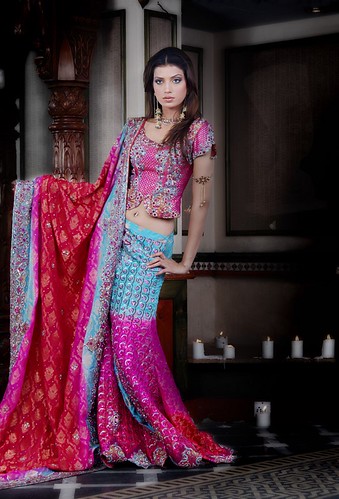
Gul Ahmed Lawn Prints
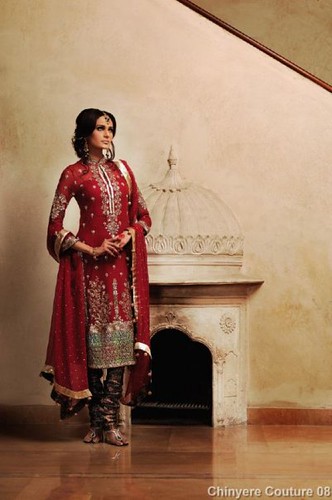
Gul Ahmed Lawn Prints

Gul Ahmed Lawn Prints

Gul Ahmed Lawn Prints

Gul Ahmed Lawn Prints

















